There is so little food in the mud at the bottom of the Pacific Ocean that individual microbes living there use just 0.00000000001 joules of energy each year.
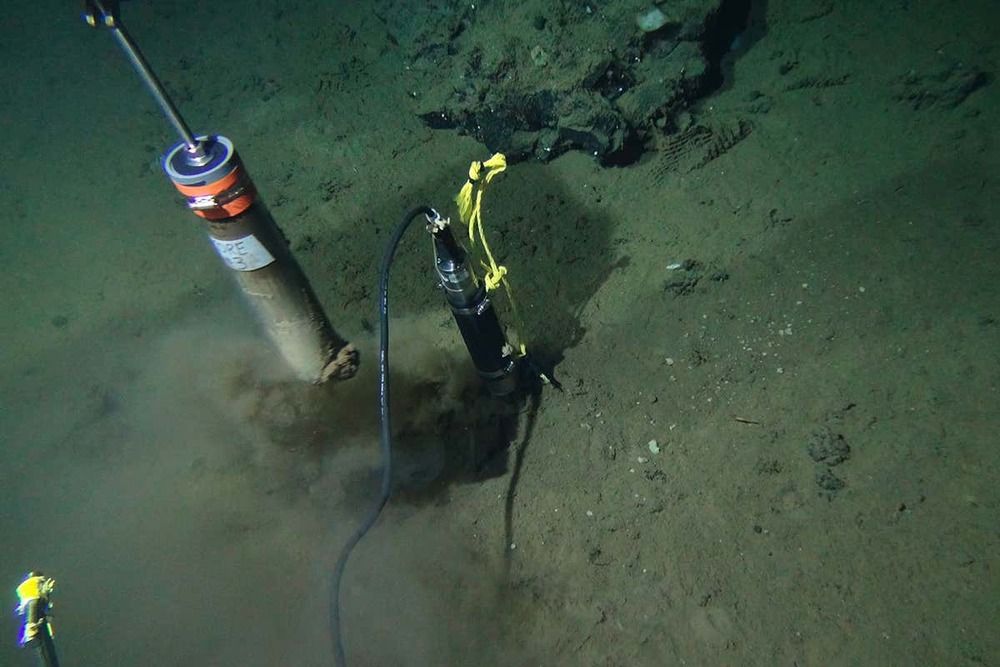


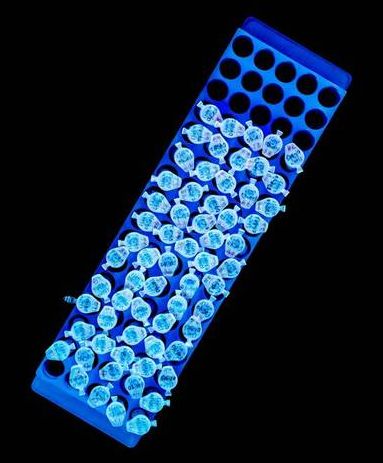
There are certain enzymes — proteins — plaques that help cause Alzheimer’s, just recently in fact {which I as most could have told them} the gut microbes and mouth microbes are found to assist in Dementia and Alzheimers. But I and Hippocrates as others have been declaring that fact for quite some time… Respect AEWR wherein the amazing gathered data of mankind has yielded the many causes and a cure for aging…
For decades, research into Alzheimer’s has made slow progress, but now a mother and daughter team think they have finally found a solution – a vaccine that could inoculate potential sufferers.
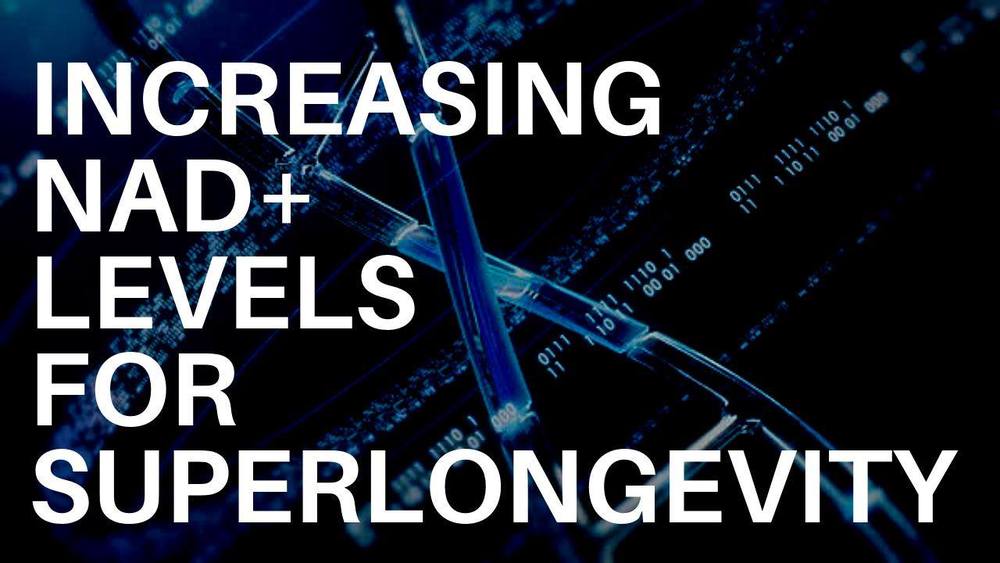
Another great addition to #RAADfest2019 #cureaging #NAD #superlongevity
Dr. Nichola Conlon, Nuchido CEO & Co-founder, chats with James Strole, Director of the Coalition for Radical Life Extension, about what she’s bringing to RAADfest 2019: Increasing NAD+ levels in middle-aged people to a level comparable with people 17 years younger with the data to back it up.
Nuchido has pioneered the use of systems pharmacology and clinical research to boost and maintain NAD. In a scientific world-first, the team achieved the biggest increase of NAD in humans reported by any scientific group.
Hear what she has to share, and meet her at RAADfest 2019:
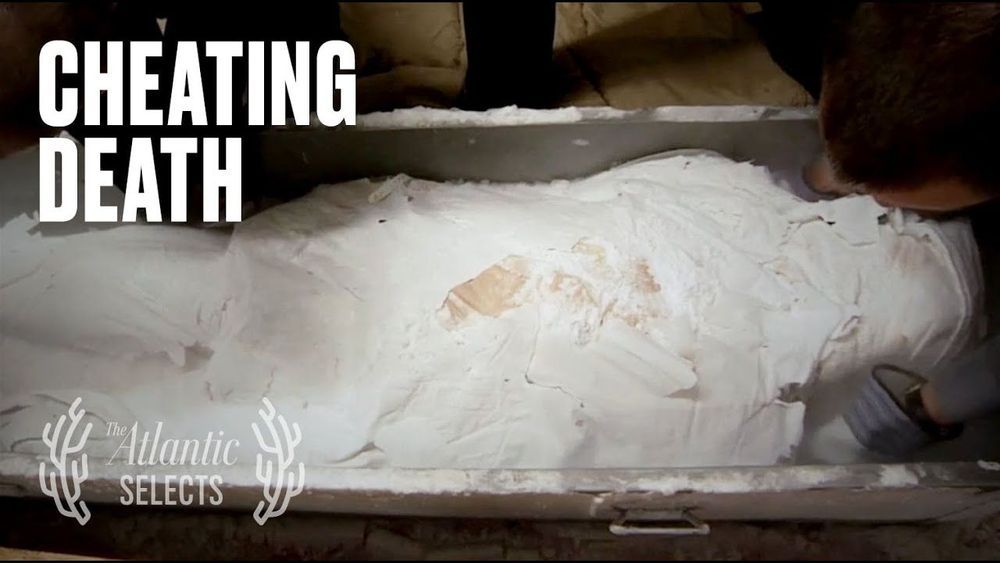
Until the day he died, in 2011, Robert Ettinger hoped humanity would figure out a way to cheat death. Today, his body is stored in a chamber filled with liquid nitrogen and frozen to −196 °C. He lies in cryopreservation at the Cryonics Institute in Michigan—which he founded—alongside his late mother, his first and second wives, and 150 other deceased.
Ettinger, known as the “father of cryonics,” popularized the idea in his 1962 book The Prospect of Immortality. (Isaac Asimov, the renowned biochemist and science-fiction writer, helped Ettinger publish the book.) Cryonicists believe that technology will sufficiently advance to a point where cells can be rejuvenated and the aging process reversed. In practice, legally deceased patients arrive at a cryonics facility packed in ice. Cryonicists interrupt the dying process by draining the blood from the body and perfusing the corpse with a mixture of anti-freeze and organ-preserving chemicals, known as cryoprotective agents. The body is then transformed into a vitrified state and lowered into a below-freezing chamber filled with liquid nitrogen, where it lies in wait for a future generation to restore it.
“We Will Live Again” was directed by Myles Kane and Josh Koury (http://www.brooklynundergroundfilms.com). It is part of The Atlantic Selects, an online showcase of short documentaries from independent creators, curated by The Atlantic.
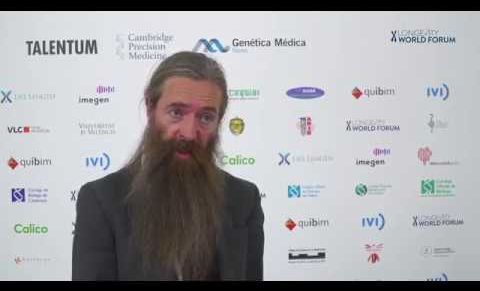
https://www.youtube.com/watch?v=R61whg2Udo4&feature=share
A lil bit of everything from overpopulation to growing interest. Aubrey says a 50% chance in 15 to 20 years but he is planning human trials starting in 2021.

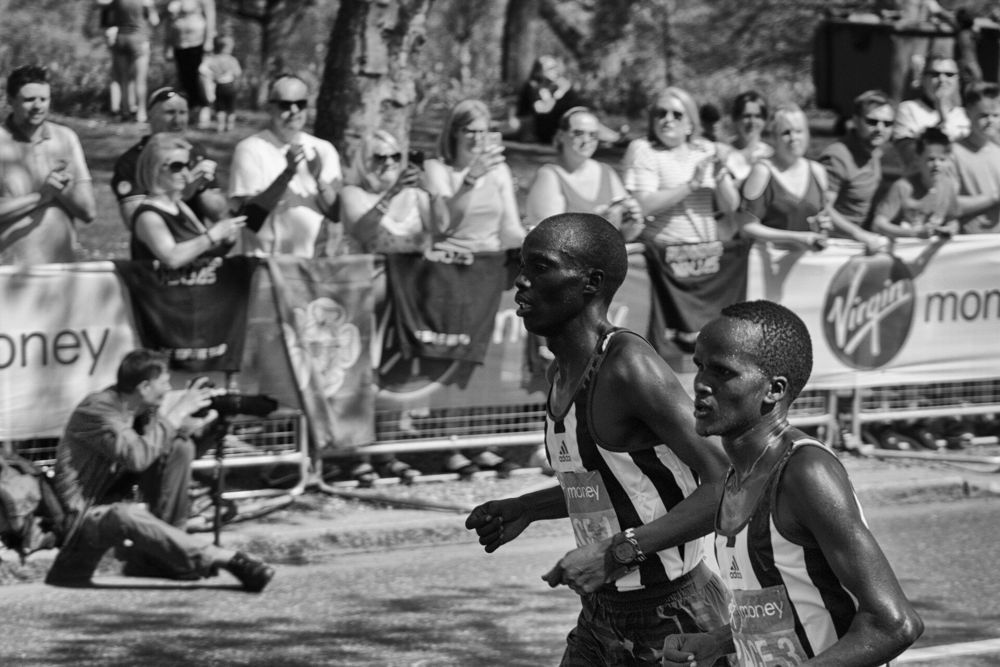
New research has identified a type of bacteria found in the microbiomes of elite athletes that contributes to improved capacity for exercise. These bacteria, members of the genus Veillonella, are not found in the guts of sedentary people.
By taking a closer look at the bacteria, the researchers from Joslin Diabetes Center determined Veillonella metabolizes lactic acid produced by exercise and converts it into propionate, a short chain fatty acid. The human body then utilizes that propionate to improve exercise capacity. The results were reported today in Nature Medicine.
“Having increased exercise capacity is a strong predictor of overall health and protection against cardiovascular disease, diabetes, and overall longevity,” says Aleksandar D. Kostic Ph.D., TITLE., a co-author on the paper. “What we envision is a probiotic supplement that people can take that will increase their ability to do meaningful exercise and therefore protect them against chronic diseases including diabetes.”
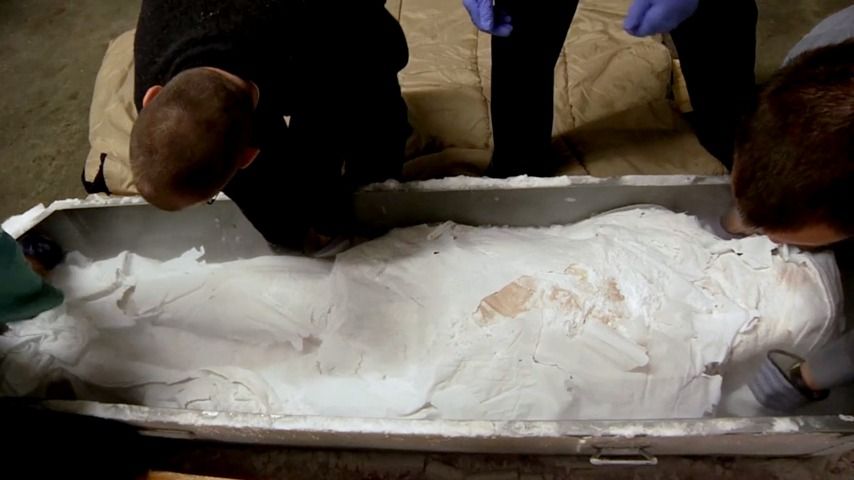
Cryonicists are banking on the idea that future technology will allow preserved bodies to be brought back to life.